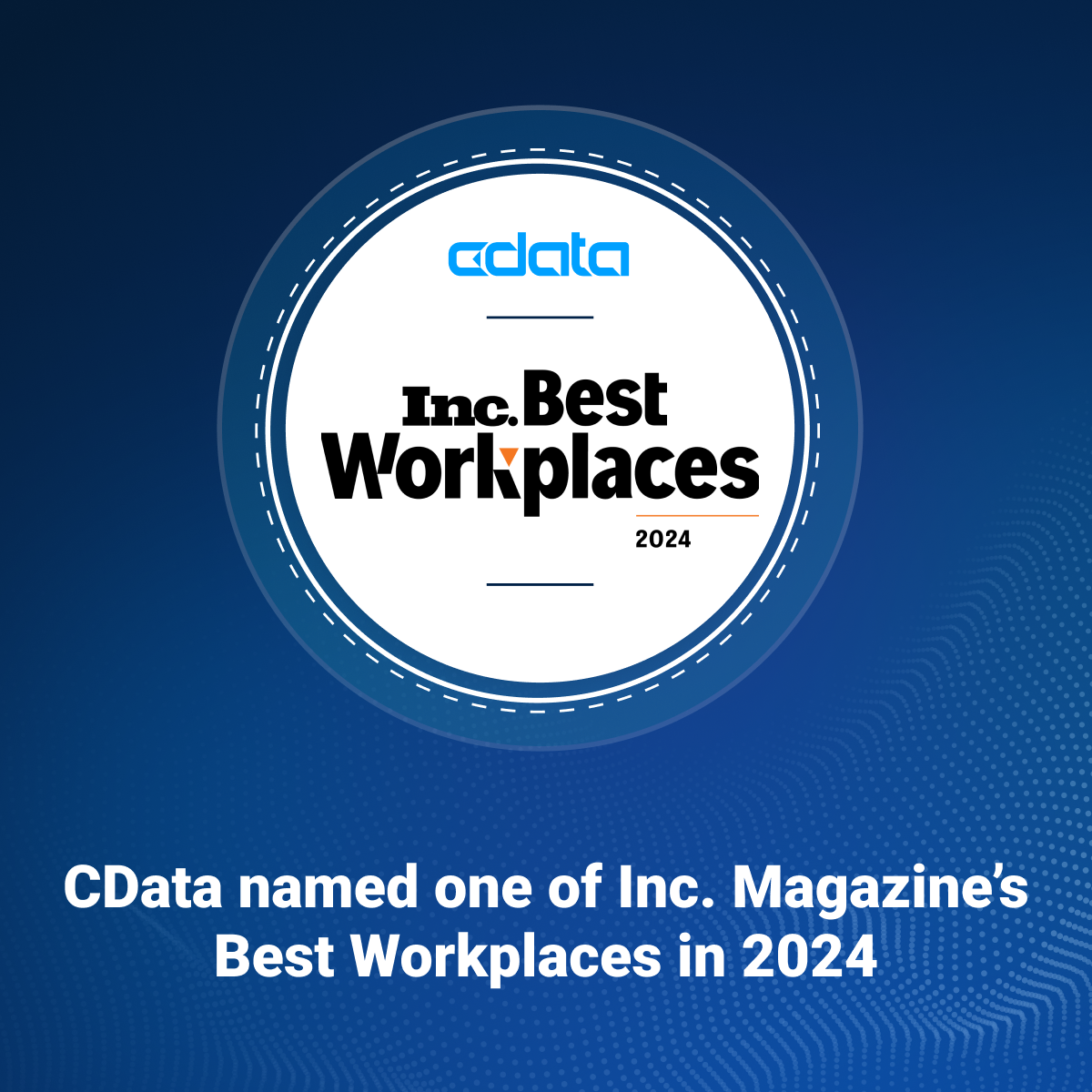Hello CData Community!
I would like to share my experience with an approach to data integration and migration that has proven to be effective and efficient in my work. I call it the "CDepot," and I'm excited to see if any of you are interested in discussing this method or have had similar experiences using CData tools.
The CDepot is a spoke-and-hub data integration system that utilizes CData connectors, continuous replication solutions like CData Sync, and a SQL Server backend. This approach allows for the seamless connection of various data sources and targets while maintaining data quality dimensions such as consistency, timeliness, and audibility.
Key Points of the CDepot:
- Efficient data management through spoken-and-hub integration connecting various data sources and targets.
- Continuous replication with products like CData Sync, ensuring up-to-date data in the reporting repository.
- Non-persistent, perishable reporting repository for resilience and flexibility.
- Data transformations within the Depot, resulting in conformed data for various targets.
- Maintaining data quality dimensions throughout the data management process.
I have successfully used the CDepot for data migrations and integrations, and I'm eager to discuss this approach further with the community. I would love to hear your thoughts on:
- Challenges you have faced with data integration and migration, and how the CDepot might address those challenges.
- Best practices or alternative approaches using CData tools for data migration and integration.
- Specific use cases or industries where you think the CDepot approach could be particularly effective.
I'm looking forward to starting a conversation around this topic and learning from all of your experiences and insights. Let's discuss how we can use the CDepot and other approaches to tackle data integration and migration challenges together!
Best regards, Dave Q


